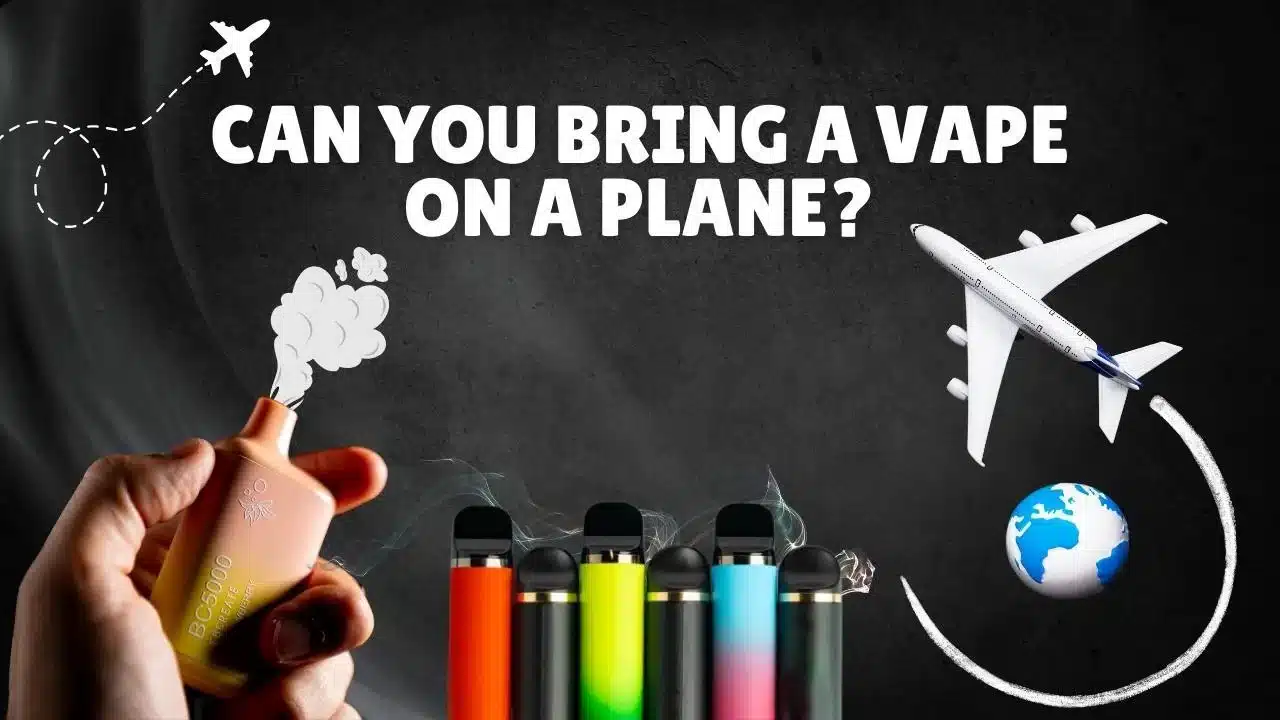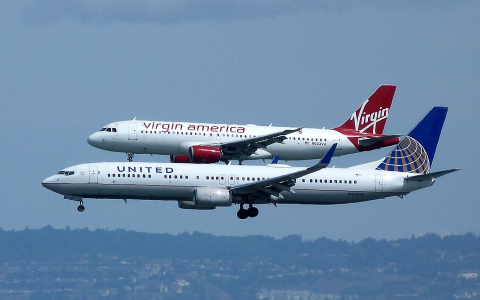Yes, you can generally bring electronic cigarettes (e-cigarettes, vapes) on a plane, but there are specific regulations you must follow.
Carry-on Baggage is Mandatory
Electronic cigarettes, vaping devices, and any accompanying lithium batteries must be carried in your carry-on baggage. This is a safety measure due to the fire risk associated with lithium batteries. Placing these items in checked baggage is strictly prohibited by most aviation authorities worldwide.

Regulations for E-Liquids and Batteries
Specific rules apply to the e-liquids and batteries associated with your device:
- E-Liquids: If carried in your carry-on, e-liquids are subject to the standard restrictions for liquids. This typically means containers must be 100ml (3.4 ounces) or less and fit comfortably within a single, transparent, resealable quart-sized bag. Larger quantities of e-liquid, if permitted by the airline, should be placed in checked baggage.
- Batteries: All batteries, including spare lithium batteries for your e-cigarette, must be in your carry-on. Spare batteries should be individually protected to prevent short circuits. This can be achieved by keeping them in their original retail packaging, taping over the terminals, or placing each battery in a separate plastic bag or protective pouch.
Usage and Other Important Restrictions
Be aware of the following critical restrictions:
- No Vaping Onboard: Using an electronic cigarette or vaping is strictly forbidden on all commercial flights.
- No Charging Onboard: Charging your e-cigarette or its batteries during the flight is also prohibited.
- Airline and Destination Policies: Always verify the specific policies of your airline before travelling, as some may have additional restrictions. Furthermore, be aware of the laws concerning e-cigarettes in your destination country, as some nations have banned their importation or use.









